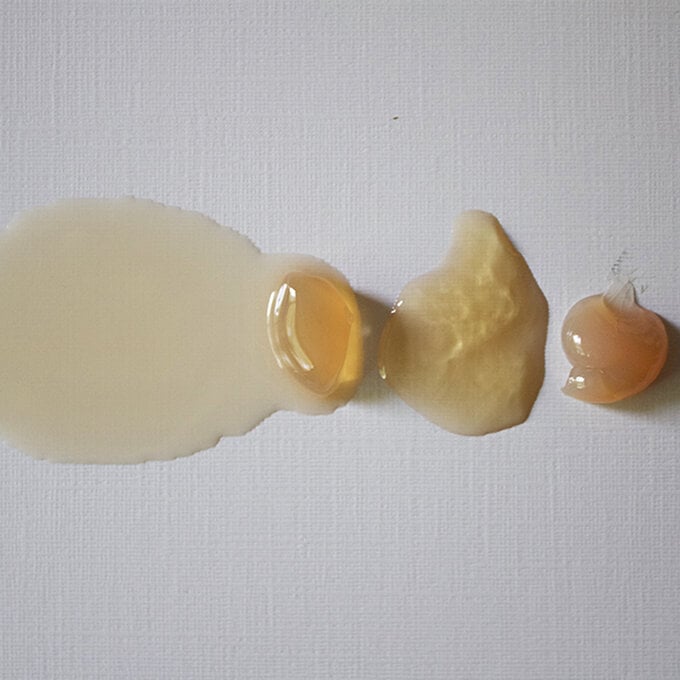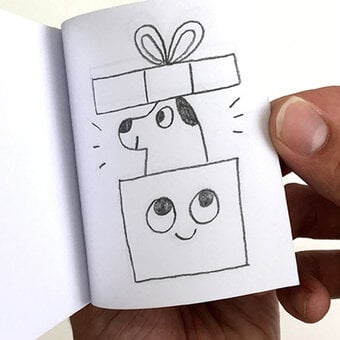Guide to Oil Painting Mediums, Oils and Varnishes
Oil paints are highly pigmented and rich, oil-based paints that take a longer time than acrylics or watercolours to dry. In this post I will be covering the details of mediums within traditional oil paints, however there are equivalent mediums for water-mixable oil paints. I will be covering the main mediums for oil painting too, although there are many varieties out there!
Project and instructions by Charlotte Baker
You will need
Subtotal
Is $ 20.00
Out of stock
Subtotal
Is $ 10.00
Subtotal
Is $ 15.00
Subtotal
Is $ 15.00
Subtotal
Is $ 10.00
Oil Paint Mediums
Mediums can be mixed with the oil paint in order to change certain aspects of the paint: drying time, glossiness, fluidity and viscosity. You can use higher or lower ratios of medium to oil paint in order to have a high benefit from the medium.
Be careful not to use too much medium or you will end up with not much colour pigment left! This could result in unintended dullness or translucently.
You can dip your brush into a medium or pour them directly onto your palette to mix with the oils.
Solvents are the starting point for oil painters and come in a variety of different mediums such as Turpentine, White Spirit and Sansodor. They dilute the oil paint down and then the solvent will evaporate when drying, like water would with acrylics or watercolours. This is particularly good for thin washes and base layers at the start of a painting. The more layers of paint you apply on the painting, the less solvent you should use: always remember the fat over lean oil painting principle.

Always paint thick over thin paint, use less solvent and more oil (whether paint or drying oils e.g. Linseed Oil) when painting later layers. Never use thinned down paint mixed with solvent over thick layers, as this will cause the paint to crack.
Turpentine is made from resin extracted from trees and can be used to thin the paint down as well as clean brushes. Out of any solvent, it evaporates the quickest, which makes it ideal for the first couple of layers of a painting or when you want to build up the layers quickly.
Artists' White Spirit thins paint and cleans brushes effectively. It dries slightly slower than Turpentine but is a slightly less toxic solvent than Turpentine. Try and avoid household white spirit as it has impurities in it, which may cause imperfections in the paint over time.
Sansodor thins paint and cleans brushes and is a low odor thinner, so it does not come with the unpleasant, toxic smell that Turpentine and White Spirit has. So if possible, it is best to use it over other mineral spirits. Sansodor evaporates slowly, which increases time for blending in your work.
Linseed Oil is the most popular medium for oil painting and has been used for hundreds of years. It comes from the dried, ripened seeds of the flax plant and is pressed to release the oil.
By adding an oil to your paint such as Linseed Oil, Poppy oil, Walnut Oil or Stand Oil, you can lengthen the drying time, which is perfect for allowing yourself extra time to blend colours. These oils are considered drying oils as they combine with the oil paint and lead to a prolonged drying time. Depending on how much oil you add, this drying time could be anywhere from two weeks to months. Do take care in how much drying oil you add, as adding too thick of an amount can lead to wrinkling of the top layer of paint once dry. This occurs when the top layer dries quicker than the layer underneath, which leaves you with an interesting wrinkled texture!
Linseed oil slows down drying, improves gloss and transparency and is pale yellow in colour. It will improve the viscosity of the paint, however it may cause yellowing over time, especially if large ratios of it are used.
Stand oil is Linseed oil which has been heat-treated, evolving it's viscosity into a thicker, honey-like consistency.
Poppy and Safflower oils are pale yellow in colour and resist yellowing, which is effective to add to pale colours.

Liquin was invented in the 1970s and is a fast drying medium that can be added to oil paint to speed up the drying time, most conventionally by about half. It comes in many different viscosities and subsequently can be added to paint to thin down or thicken depending on the thickness of the Liquin medium. It dries clear and gives the paint gloss and resists yellowing.
Liquin Fine Detail is the most fluid of the Liquin family and is most suited to fine details where you want the least amount of brush marks to show. It will make the paint glossy and is also effective for blending and glazing.
Liquin Original improves the flow of the paint and has a semi-gloss finish.
Liquin Light Gel is the thickest of the fluid Liquin mediums, having a jelly-like consistency to it. This makes it effective for a non-drip finish, making it very suitable when you are working upright at an easel.

Impasto is a technique of applying colour thickly, so that it gives a textured finish. Whilst oil paint has a buttery and thick texture already, adding an impasto medium will help you retain brush marks and extend the colour more. This helps you not use up half a tube of paint to achieve the impasto texture to a painting! Usually obtaining an impasto finish using purely oil paints includes a lengthy drying time, as well as using a lot of paint, which is expensive. However, by using an impasto medium, this time may be cut in half.
Liquin Impasto medium speeds up drying and has the same properties as Liquin, but the impasto element means your brush marks are more noticeable. As the medium dries with the oil paint, it gradually thickens over time.
Liquin Oleopasto is very similar to Liquin Impasto, however it dries to a semi-matt finish, dries slightly quicker and thickens the paint rapidly when drying. Using this medium means you can layer more paint on in a shorter time frame.
Beeswax Paste is an impasto medium that has high oil content. It is made from a combination of Linseed Oil and Bleached Beeswax. It extends the colour, adds translucently to the paint and dries slightly matt. Due to the elevated content of Linseed Oil, this medium slow downs the drying of the paint.

Varnishes are used as the final layer over a painting in order to lock in the paint, preserve it and help with lightfastness (fading over time). Varnishes should be of an artist standard, so they can be removed if needed and reapplied if there is a build up of dirt and grease. Varnishes are only to be used as a final coat and not as a medium to be mixed in with oil paint.
It is always important to make sure an oil painting is completely dry before applying any type of varnish, as the paint could mix with the varnish, destroying the painting. There are three main finishes for varnishes: gloss, satin and matt.
Gloss and matt varnishes can be mixed together in order to vary the level of shine on your work. If you cannot find a satin varnish and you would like the finish for your work, mix a ratio of 50:50 gloss and matt varnish together.
Darmar Varnish is a quick drying varnish, which dries to a super high gloss finish. It is pale yellow in colour and can darken a painting over time, however it can be easily removed with turpentine.
Artists Retouching Varnish gives temporary protection to oil paintings and is best used for recently finished oil paintings which are touch-dry.
Aerosol varnishes are also available for varnishing oil paintings. They give a lighter varnish and may be useful if you do not like using a brush to apply

Yes you can combine mediums together order to merge their properties. For example, you could mix together Turpentine with Linseed oil in order to dilute the oil. This would give you a medium that would not be as slow to dry as pure Linseed oil, but give you the glossy qualities to your oil paint.
Whilst mediums are not critical to use when oil painting, they make using oil paints much more flexible with regards to speeding up drying time especially. With mediums such as Sansodor, they reduce the toxic smell associated with oils and make them much more user friendly. Mediums also change the appearance of oils so drastically and can completely alter a painting.
If you would like to get into oil painting I suggest the following mediums, which are the most accessible and will help you get started:
-Sansodor
-Artists' White Spirit
-Liquin Original














